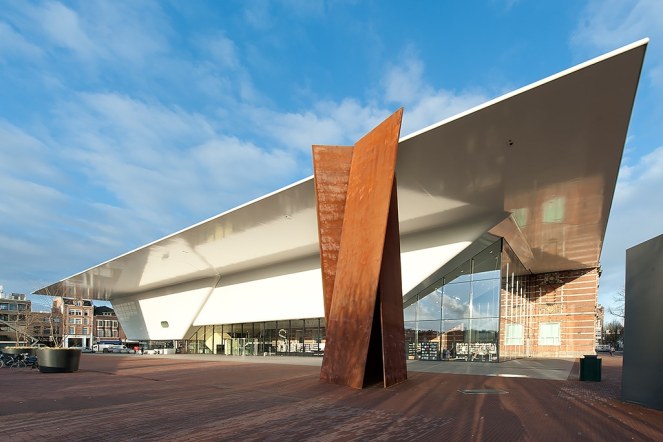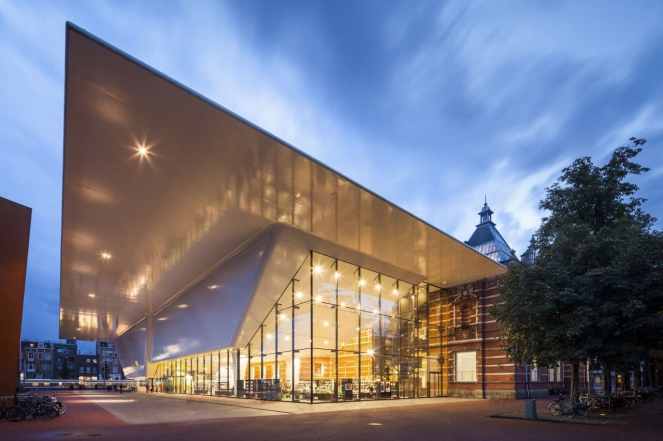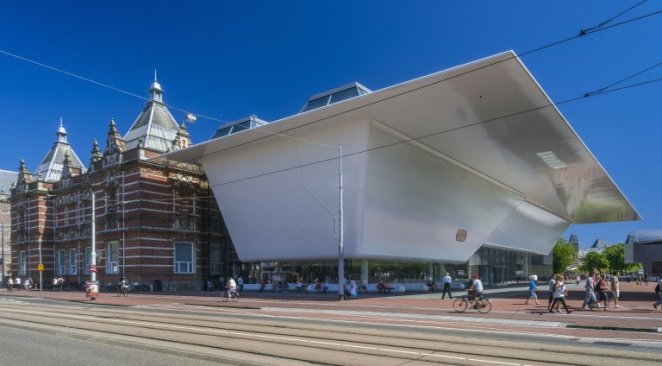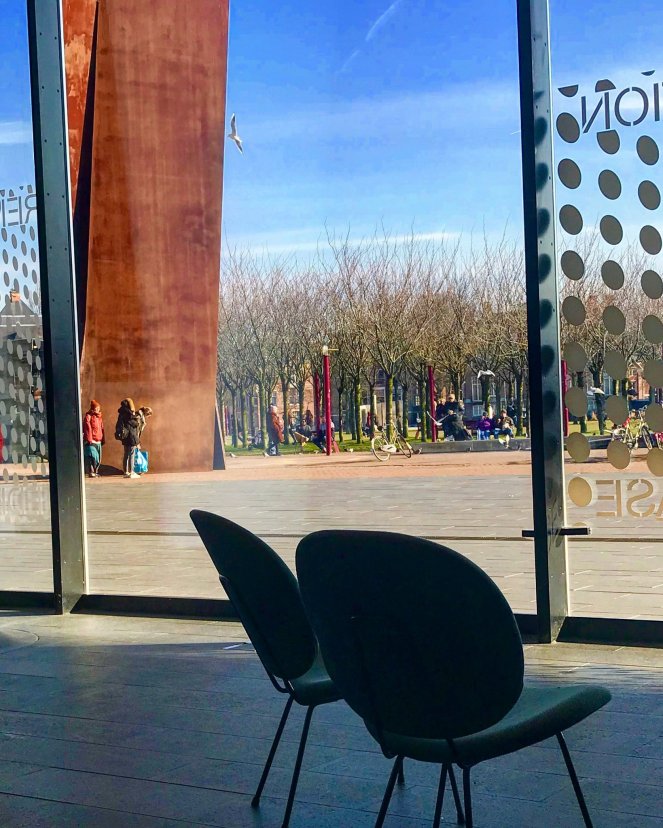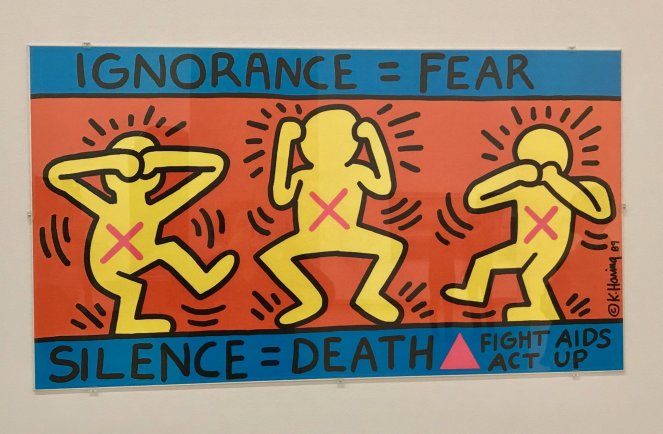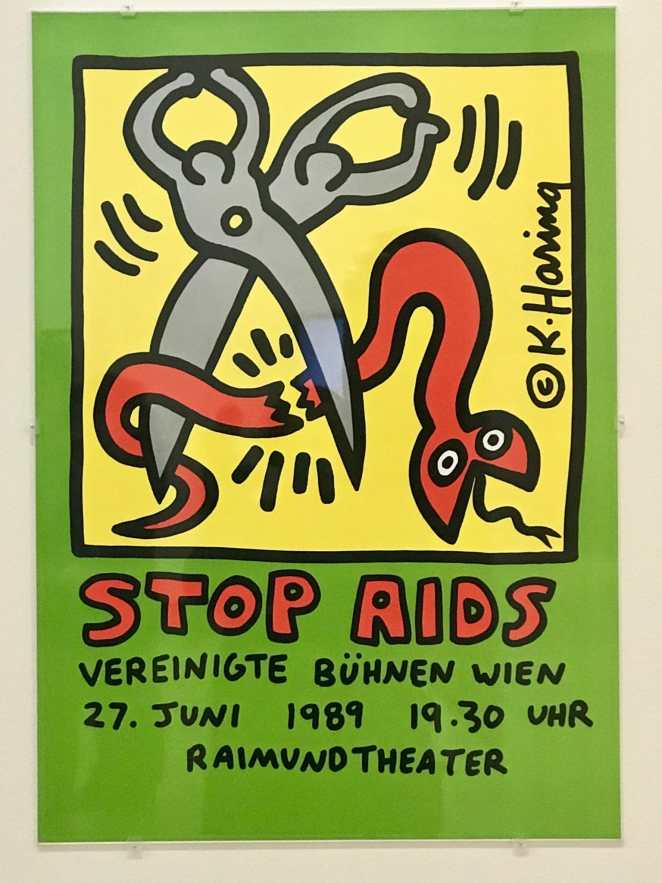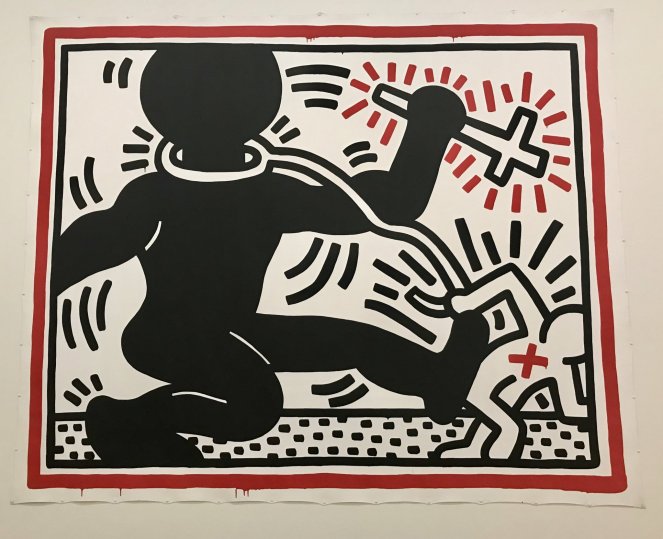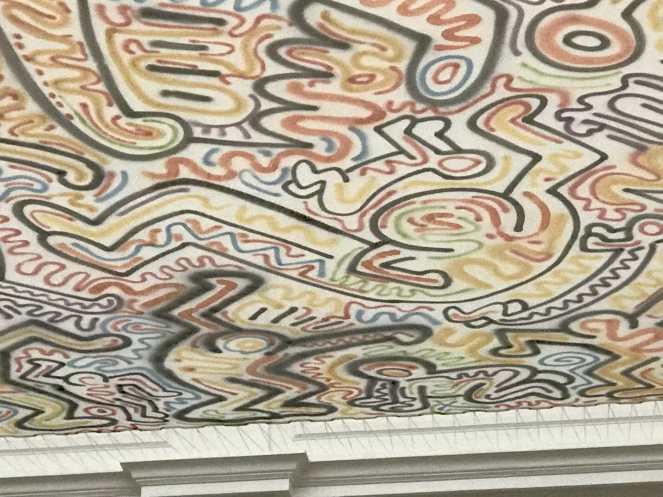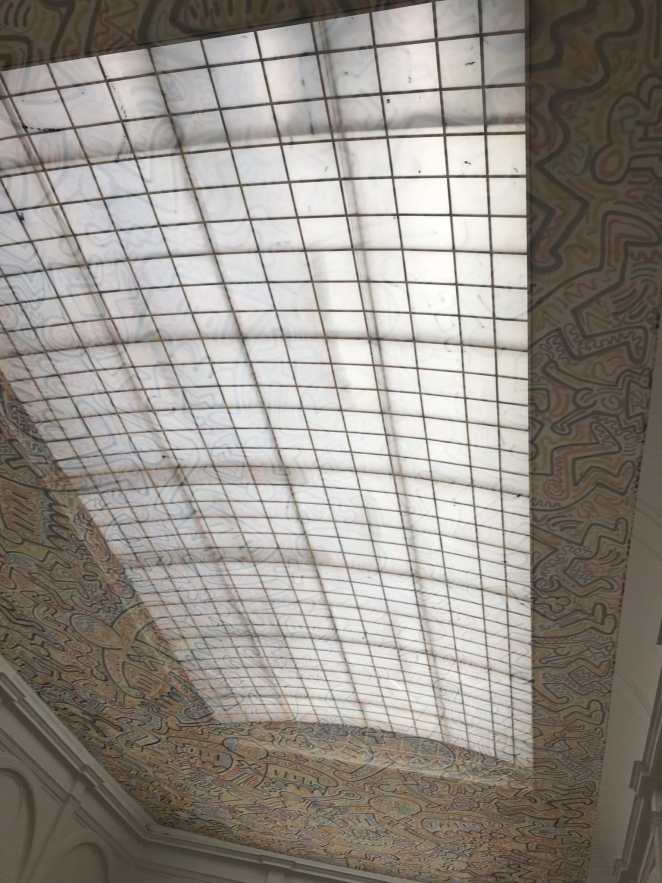THE PERFECT HONEYMOON – MYTH OR REALITY?

THE PERFECT HONEYMOON | THE KEY IS COMMUNICATION
Your honeymoon . . . the stuff that dreams are made of . . . and second only to your wedding day in terms of expectations. The key to planning the perfect honeymoon? TALK! TALK! TALK! TALK! And then talk some more.
There is no sense in planning the perfect beach resort vacation if your spouse hates the beach. What if your spouse’s idea of the perfect beach vacation is camping and you had an all-inclusive resort in mind? Nothing is insurmountable though and you can both have your ideal honeymoon if you sit down and have a conversation.
Additionally, while the internet has made trip planning easier, there still is no substitute for a professional travel agent when planning a trip as important as your honeymoon. For any other trip besides your honeymoon the DIY approach may be just fine, but because there is so much expectation placed on a honeymoon, using a professional travel agent can save you from that dreaded moment years down the road when one of you, in the heat of an argument says “This is JUST LIKE OUR HONEYMOON. You screwed that up too!”
Before meeting with a travel expert, schedule some time with your intended to cover the intended topics. Take time to go over these honeymoon planning questions. You can print out a copy here to fill out and take with you to your travel expert
HONEYMOON PLANNING QUESTION NO 1. | WHAT IS THE BUDGET?

Discussing your budget is key to a successful trip. Do you want to start your life together on the vacation of a lifetime or are you more comfortable saving for a house? Financial discussions are the cornerstone of all good marriages so you may as well begin your life together on the right foot by discussing realistic budget concerns for your honeymoon. Additionally, consider registering for your honeymoon to help offset the cost. That way you may just get the dream honeymoon and be able to save for your first house.
HONEYMOON PLANNING QUESTION NO. 2 | DESCRIBE YOUR IDEAL VACATION?

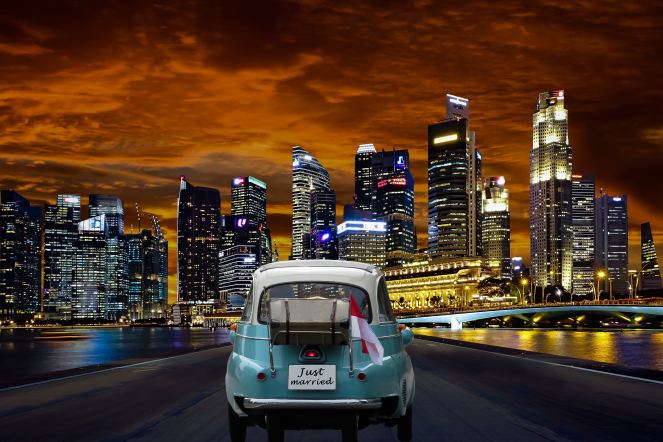
Does one of you like exploring cities, art galleries, theater, and the best restaurants while the other just wants to sleep late, lounge by the pool and drink umbrella drinks? Discuss your ideas and see if there is a destination that offers activities that both of you enjoy.
HONEYMOON PLANNING QUESTION NO. 3 |WHAT TYPE OF ROOM DO YOU LIKE OR NEED?
Some people could not care less about the room they are in as they anticipate being outdoors, on the go, etc. Other people need a certain thread count before they are happy. Others still, need a certain hotel floor, to be away from the elevators, air conditioning, etc. before they can get a restful night’s sleep. No one wants to be sleep deprived and cranky on their honeymoon.
HONEYMOON PLANNING QUESTION NO. 4 | ARE YOU COMFORTABLE VISITING COUNTRIES WHERE ENGLISH IS NOT COMMONLY SPOKEN?
Photo credit: Tumisu on Pixabay.If one of you is a seasoned traveler with an explorer’s soul and the other is terrified to be somewhere they cannot communicate effectively, you need to compromise. Perhaps an all inclusive resort or a cruise would be the way to introduce your spouse to international travel. Of course in this day and age with technology, one can easily translate on the go. Perhaps a dry run with translation is in order to ease your fiancee’s fears.

HONEYMOON PLANNING QUESTION NO. 5 | WHAT CLIMATE ARE YOU MOST COMFORTABEL IN?
Definitely discuss sun versus snow, but also tackle questions you may not have thought of. Example, are you comfortable when it is humid and there is no air conditioning? Many condos in Hawaii. Costa Rica, and the Caribbean do not have air conditioning and this can pose a threat to a honeymoon if one of you cannot sleep in humidity.
HONEYMOON PLANNING QUESTION NO. 6 | DO YOU WANT TO COMBINE YOUR WEDDING AND HONEYMOON WITH A DESTINATION WEDDING?
Photo credit: Laughing Raven on PixabayDestination weddings are popular and look amazing in photos. They also can save you a considerable amount of money as many hotels and resorts offer package deals. And when you honeymoon in the same hotel, you can start the honeymoon immediately. The other consideration, however, is that you are sharing your honeymoon with your guests who have also flown to the site to attend your nuptials so you may not have the privacy that you were hoping for on your honeymoon.
HONEYMOON PLANNING QUESTION NO. 7 | DESCRIBE YOUR HOEYMOON FANTASY TRIP.

The only way to guarantee that your honeymoon dreams become a reality is if you talk about them. Like most things in life, perfect honeymoons don’t just happen. They take planning. The more you do your honeymoon homework, the more romantic – and the more fun – your honeymoon will be.







